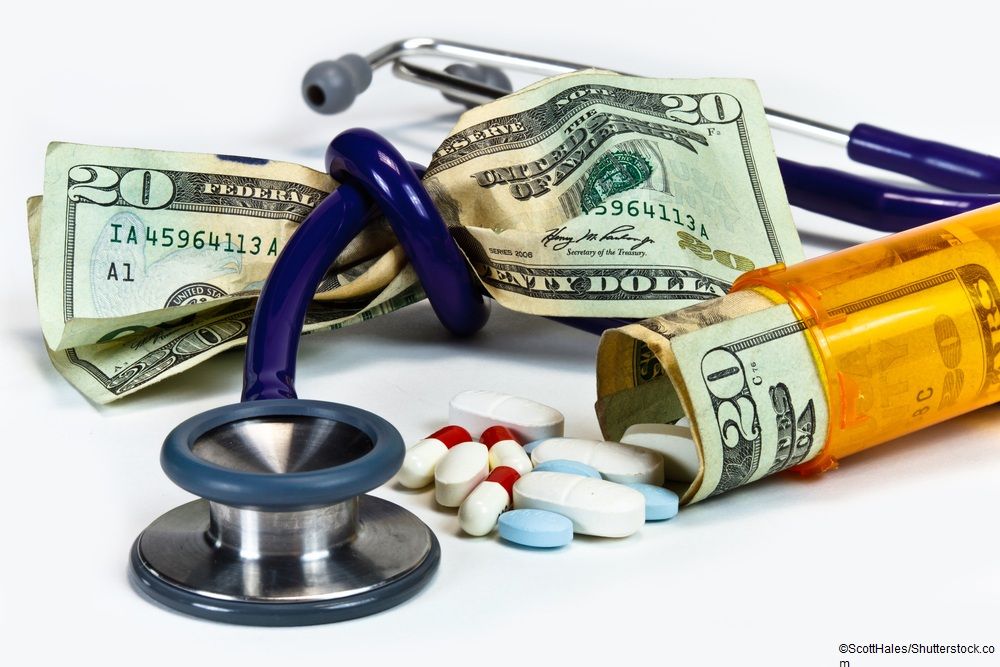Article
Medical debt, ‘a persistent problem,’ hits $195 billion in U.S.
Author(s):
Nearly 1 in 10 adults owe at least $250 for health care costs.

Medical debt “remains a persistent problem,” with almost 23 million Americans owing an estimated $195 billion for health care, according to a new study.
Nearly one in 10 adults owe medical debt of at least $250 as of December 2019, according to “The Burden of Medical Debt in the United States,” published by the Peterson Center on Healthcare and Kaiser Family Foundation (KFF).
More than 90% of the United States population has some form of health insurance. But medical debt occurs across demographic groups, with greater risk for people with disabilities, those with worse health, those with low incomes, Black Americans and people living in the South or Medicaid nonexpansion states.
“Medical debt remains a persistent problem even among people with insurance coverage,” said the report by researchers Matthew Rae, Gary Claxton, Krutika Amin, Emma Wager, Jared Ortaliza and Cynthia Cox.
Among the 23 million people with significant debt:
- Almost half, 11 million people, owed more than $2,000.
- 3 million, or 13%, owed $5,001 to $10,000.
- 3 million, or 13%, owed $10,000 or more.
Most Americans have private health insurance that generally requires payments of deductibles, coinsurance, and copays for services and prescriptions.
“A serious injury or illness can cost thousands of dollars out of pocket to meet these deductibles and other cost-sharing requirements,” the study said. “For people with a chronic illness, even smaller copays and other cost-sharing expenses can accumulate to unaffordable amounts. Insured patients can also incur medical debt from care that is not covered by insurance, including for denied claims, and for out-of-network care.”
For some people, “even a medical bill for a few hundred dollars can present major problems,” because people do not have enough money to meet deductibles or out-of-pocket maximums.
The findings were based on data from the Survey of Income and Program Participation by the U.S. Census Bureau.
It was unclear how the COVID-19 pandemic and economic recession affected medical debt.
Early in the pandemic, people lost jobs and income, which could lead to more difficulty affording health care. People also delayed or went without health care, so fewer were exposed to costly care, the study said.
The researchers acknowledged the total amount of medical debt is difficult to estimate with any precision and a small share of adults account for a large share of the total.
The survey results surpassed findings by the federal Consumer Financial Protection Bureau, which estimated Americans’ credit reports indicated $88 billion in medical debt. That figure likely is underestimated because not all medical debt is visible to reporting companies and not all people have credit reports.





